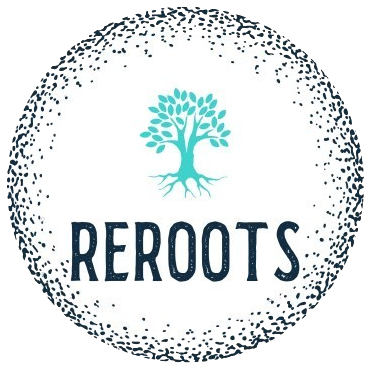Beyond Recycling: Creating an Efficient, Low-Waste Business Ecosystem
Article by Dhaani Jeevanani
Rethinking Our Approach to Waste
In 2025, simply tossing paper in the recycling bin isn’t enough. To truly reduce waste and protect the planet, businesses need to think bigger—beyond recycling—and adopt smarter, more efficient systems that prevent waste from being created in the first place. This is where transformative concepts like the zero-waste lifestyle and the circular economy come into play.
What Does “Zero Waste” Actually Mean for a Business?
A zero-waste business doesn’t just recycle—it rethinks its entire operation. From how products are made to how materials are managed, the goal is to divert over 90% of waste from landfills and incineration. According to waste management experts like LJP Waste Solutions, zero-waste companies focus on:
- Reducing what they bring in, such as unnecessary packaging.
- Reusing materials whenever possible within their operations.
- Designing products that last longer or can be easily repaired.
- Ensuring all leftover materials are directed to their next best use, like recycling or composting, not the trash.
Businesses that lead by example in zero waste often build strong reputations, attract eco-conscious customers, and achieve significant long-term cost savings by using fewer resources.
Enter the Circular Economy
The circular economy takes the zero-waste concept one step further. It aims to eliminate the traditional linear "take-make-waste" model and replace it with a system that works like nature—where everything is a resource for something else. According to organizations like the Heinrich Böll Foundation, the circular economy helps businesses:
- Design products that can be easily repaired, reused, or remanufactured.
- Reduce dependency and costs associated with raw material extraction.
- Create new jobs and local opportunities by building recycling and repair networks.
- Use all materials far more efficiently, turning waste streams into value streams.
This innovative model helps companies cut costs while benefiting the planet, and it's rapidly becoming a new standard for resilient businesses.
How Your Business Can Start Today
Transitioning to a more circular model is a step-by-step process:
- Audit your waste and resources. The first step is to understand what you're throwing away and why. A simple waste audit can reveal surprising opportunities for savings.
- Switch to reusable or circular materials. Re-evaluate everything from packaging and office supplies to furniture and equipment. Prioritize durable, reusable, or recyclable options.
- Train and empower employees. Your team is your greatest asset. Ensure everyone understands the new procedures, the reasons behind them, and how they can contribute.
- Work with sustainable suppliers. Examine your supply chain. Choose to partner with vendors who share your commitment to circular practices and waste reduction.
- Track your progress. Set clear, measurable goals for waste reduction. Share your results with your team, customers, and stakeholders to maintain momentum and inspire others.
A Shift in Mindset
Moving beyond recycling is more than a series of actions—it's a change in perspective. By embracing zero-waste and circular economy principles, companies can unlock new efficiencies, build stronger brands, and lead the way to a cleaner, more resilient future.
Sources
Heinrich Böll Stiftung. (2024, March 9). Understanding Circular Economy: Principles, Benefits and Applications. Retrieved from https://il.boell.org/en/2024/03/09/understanding-circular-economy-principles-benefits-and-applications
LJP Waste Solutions. (n.d.). Zero Waste Lifestyle: How Businesses Can Lead by Example. Retrieved from https://www.ljpwastesolutions.com/about-us/blogs/entryid/98/zero-waste-lifestyle-how-businesses-can-lead-by-example
